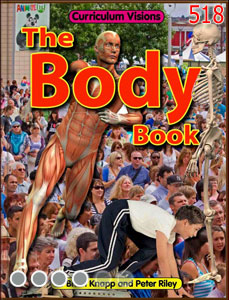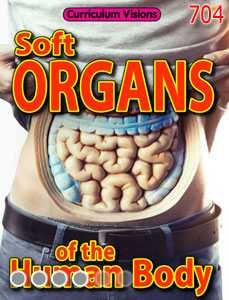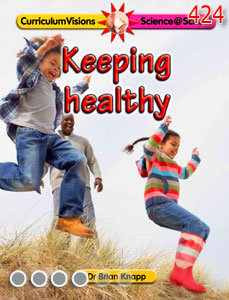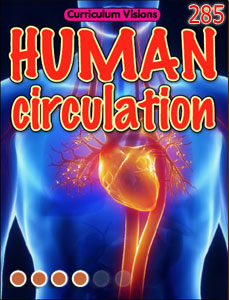The liver is a very strange organ, because it looks just like a fine, red, slightly slippery sponge. It doesn’t look as though it can do anything, but in fact it does more jobs than any other part of you.
The the liver is an organised group of tissues specialised to allow certain substances to seep out that are needed in other parts of the body. At the same time, it cleans all the blood that goes through it.
An adult liver weighs about 1.4 kg/3.3lbs, and it is found in the right upper part of the abdomen, just under the right lower rib cage. The liver has two major parts, called lobes that between them do eight different jobs. One and a half litres (3 pints) of blood flows through the liver every minute.
The liver is connected to two large blood vessels, one (called an artery) carrying oxygen-rich blood from the heart, the other (called a vein) carries blood rich in digested nutrients from the intestines.
The liver helps you by taking substances out of your blood that are made as a result of digestion, but which, if left there, could be poisonous. The liver also cleans blood that has just been enriched with vitamins and minerals during digestion. This is the important step between the intestine, where the vitamins and minerals get pulled out of the gut, and the blood vessels, where they get sent around the body.
The liver makes a liquid called bile which is very good at breaking down the fat that has reached it from the intestines. Bile is also called digestive juice, and it gets stored until needed, in the gallbladder.
The liver is also at work breaking down carbohydrates (starch) from bread and so on and making them into a substance called glucose which is the main source of energy (the fuel) that makes our cells work.
When the body needs energy quickly, the liver already has a partly digested supply at hand, which it can process very quickly, releasing the glucose into the bloodstream.
Anything that the body doesn’t want that is solid is sent out into the intestine, where it can be flushed out when you go to the toilet. Anything that is liquid goes to the kidneys for another batch of filtering and eventually goes out in your pee.
The liver also helps with blood clotting, which is what helps you stop bleeding.
So the liver is really good at breaking food down as well as safely getting rid of anything that could be harmful elsewhere.
Scientists make use of the liver when they give medicines, too. The liver is the main place where the pills are broken down and where the active ingredient in them is released into the blood. So the liver is the cause of pain relief, for example.







